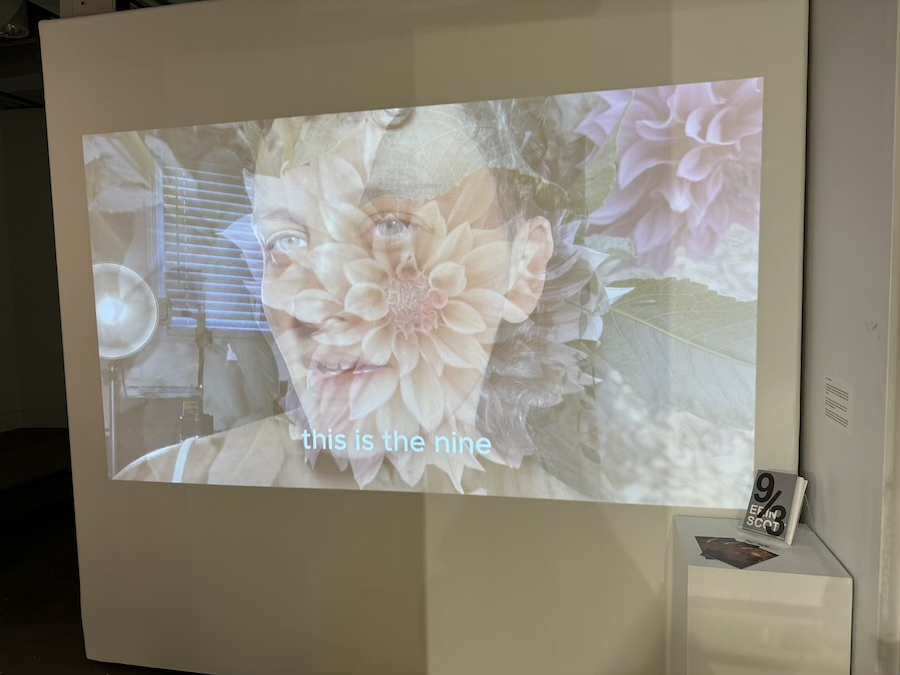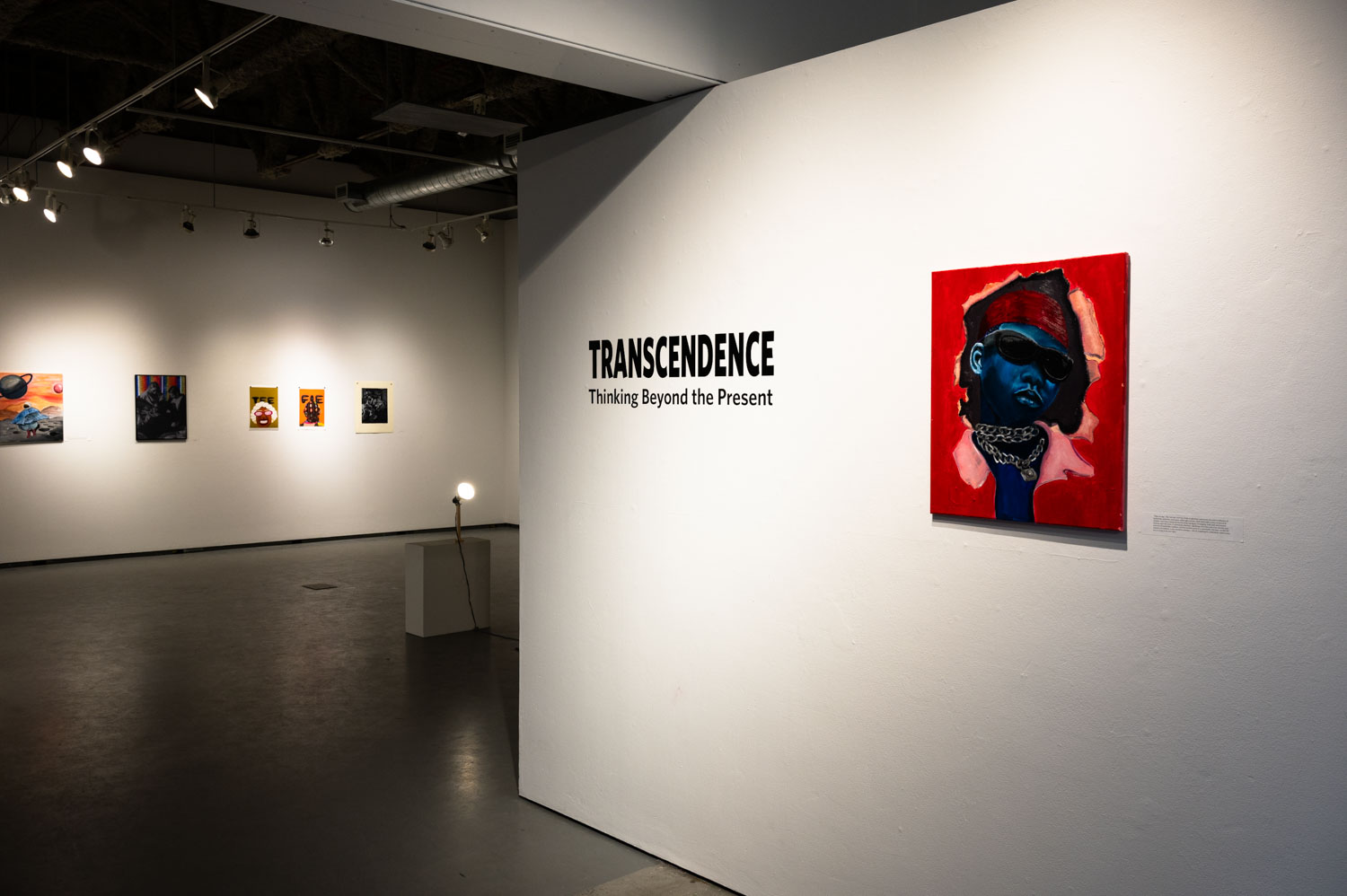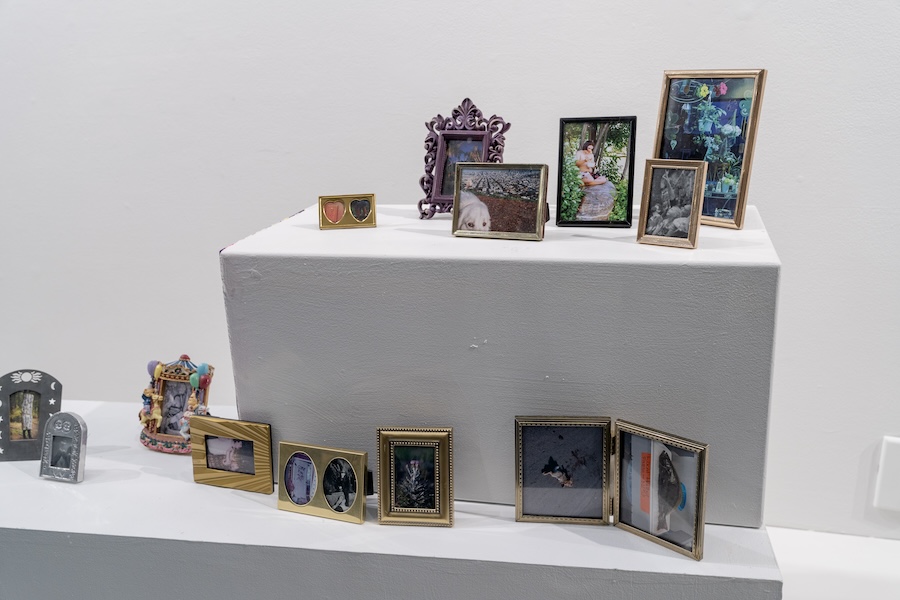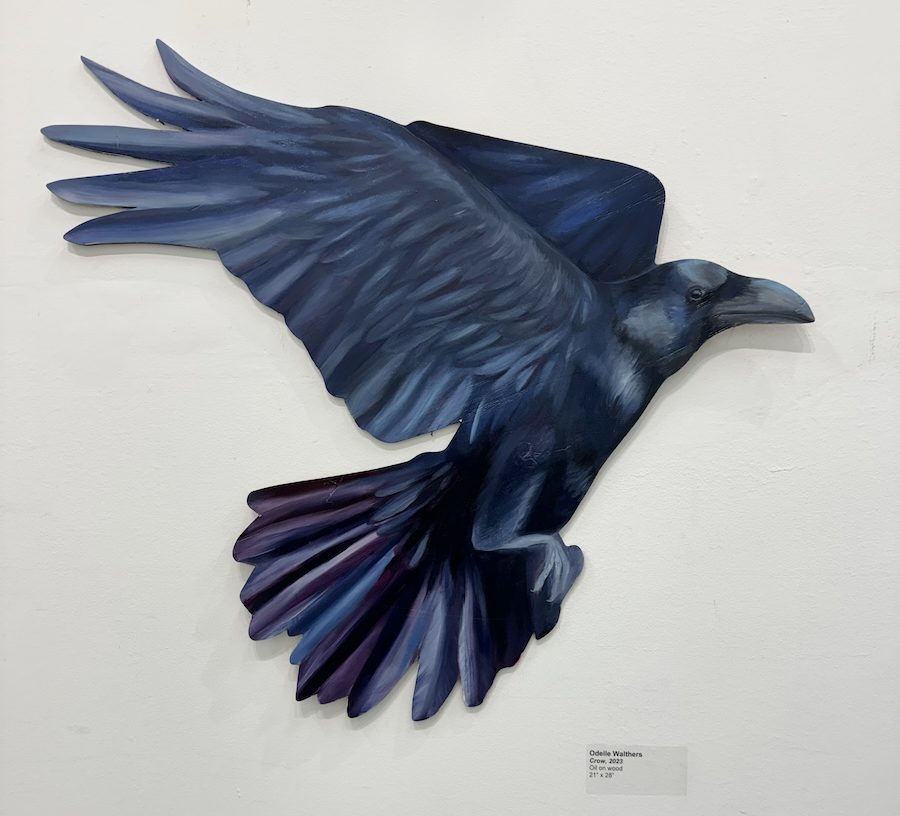The Journey II – MFA Group Show
We warmly extend an invitation for you to join us at “The Journey II”, the upcoming art exhibition held at the FINA Gallery on the Okanagan campus of the University of British Columbia. This event will display the innovative works of our first-year Master of Fine Arts students. Exhibition Details: – Venue: FINA Gallery, University of British Columbia Okanagan Campus...
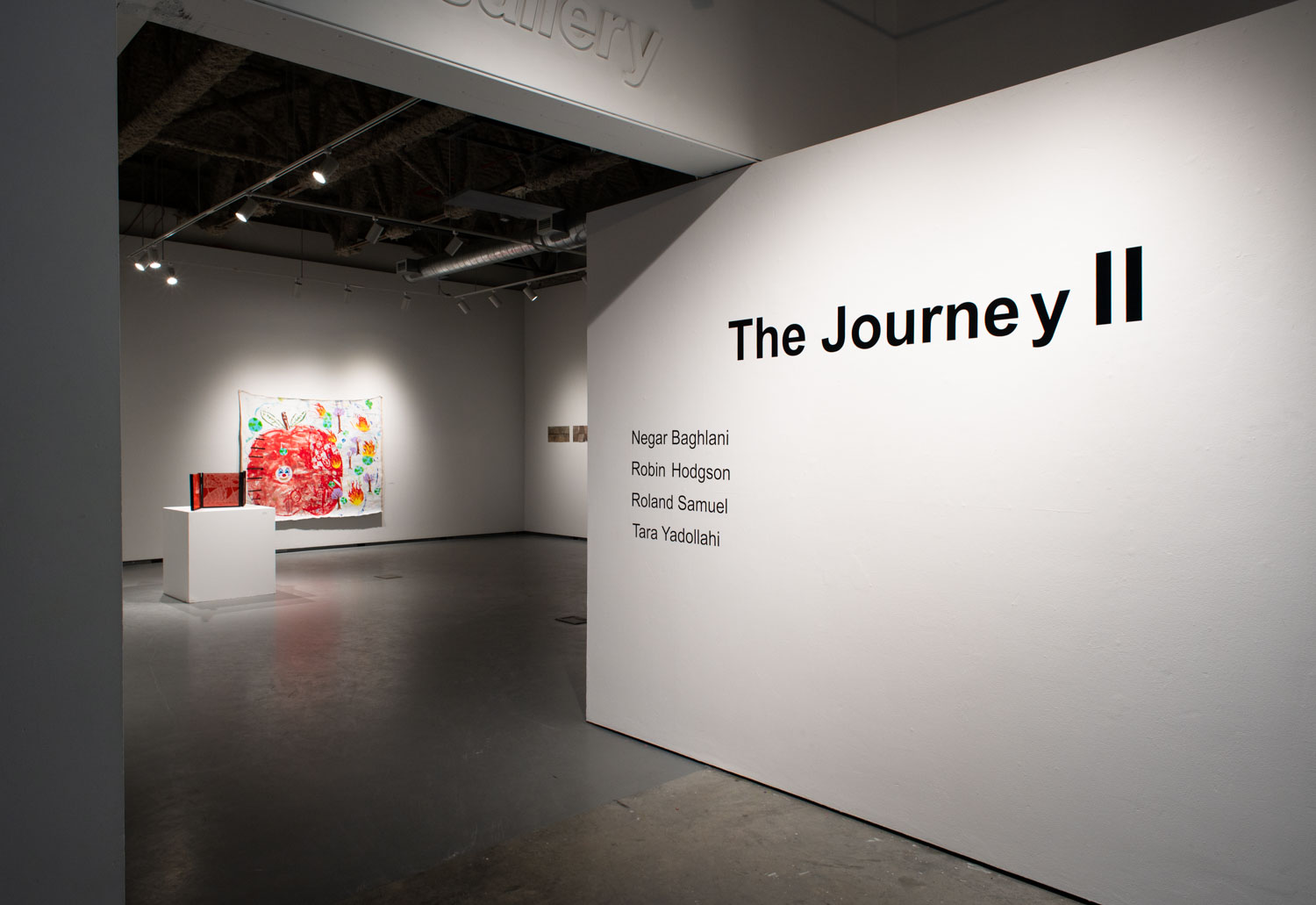
 Follow
Follow